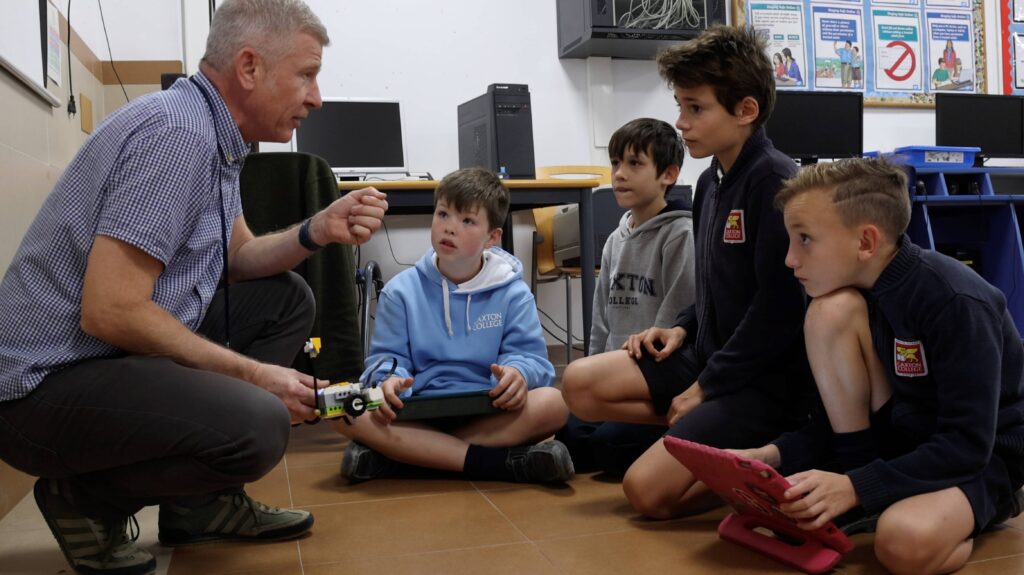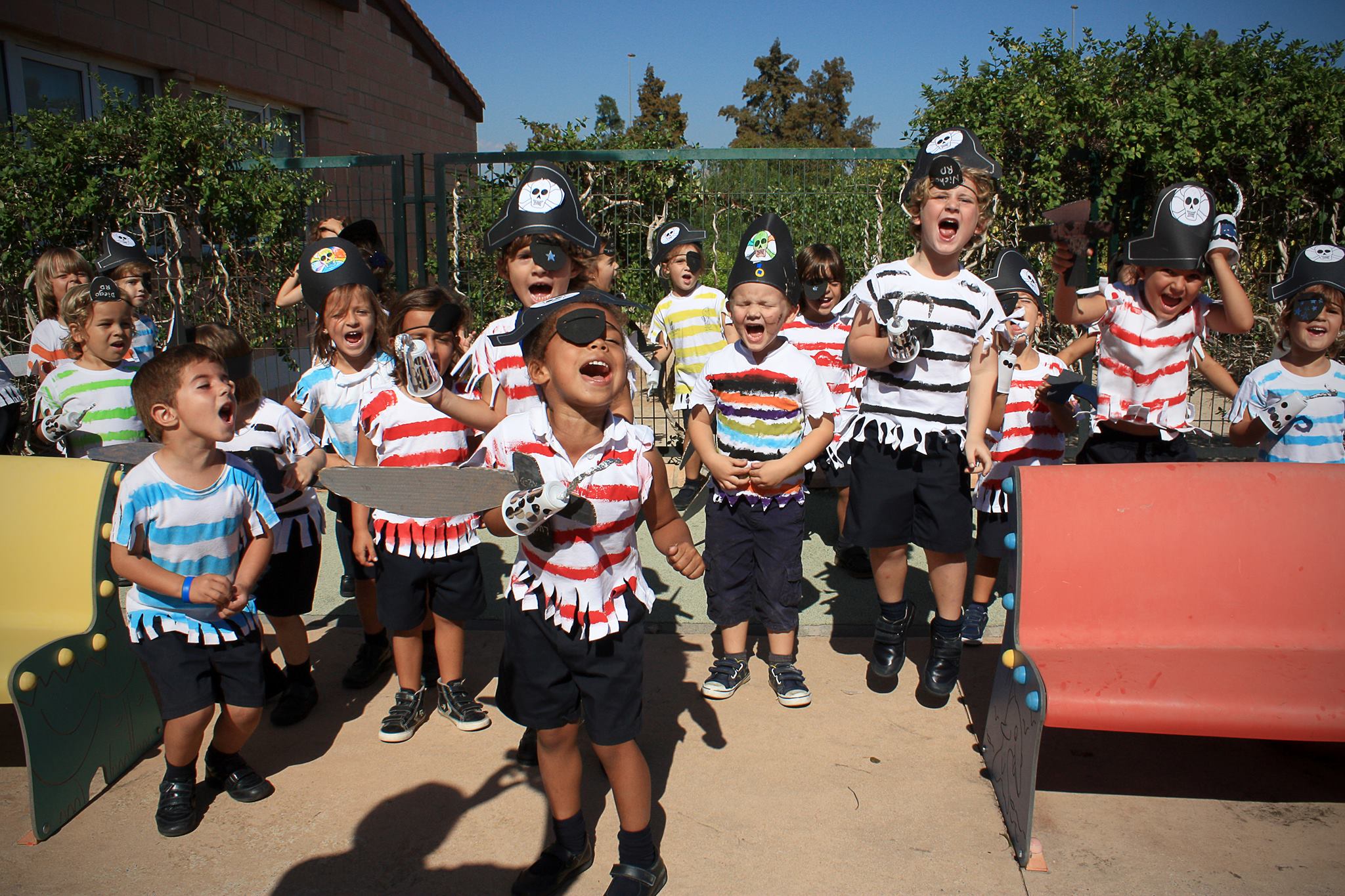
Nuestros hijos pueden entrar en contacto con imágenes o información que les puede resultar desagradable por lo que debemos ayudarles a gestionar estas situaciones. A continuación, detallamos unas pautas del National Online Safety para poder abordar este tema con vuestros hijos.
- El primer paso es averiguar qué sabe tu hijo y hasta qué punto le ha impactado lo que ha visto u oído, sin abrumarle con más información.
- Hay que elegir bien el momento de entablar una conversación para que sea receptivo y se sienta seguro.
- La conversación debe ser adecuada para su edad. Para los más pequeños, la conversación puede ser más genérica, y entrar en más detalle sobre las posibles consecuencias con adolescentes, pero siempre prestando atención a sus reacciones.
- Intenta abordar el tema paso a paso, con calma. Puedes introducir un tema delicado y retomarlo en otro momento que veas que está receptivo.
- Intenta encontrar historias positivas relacionadas con la información que le ha causado malestar. Los niños suelen sentirse más tranquilos si saben que hay algo que pueden hacer para ayudar o tener un impacto positivo.
- Vigila sus reacciones y permite que exprese abiertamente su miedo, enfado, inquietud, confusión o incomodidad en un ambiente sin juicios.
- Ayúdale a identificar a las personas que le pueden ayudar si se encuentra con contenidos inapropiados para su edad.
- Establece límites de uso de pantallas para así reducir su exposición a contenidos que le pueden resultar desagradables. Los controles parentales pueden ser útiles.
- Es inevitable que vean contenidos desconcertantes o inadecuados. Anímale a hacerte preguntas sobre ellos y no te enfades porque los haya visto.
- Presta atención a tus propias reacciones cuando te encuentras en una situación que provoca fuertes emociones. Los niños tienen que percibir que somos capaces de controlar y gestionar nuestras emociones.
Our children may come into contact with images or information that they find unsettling, so it’s important for us to be able to help them manage these situations. Here are some guidelines from National Online Safety on how to help your children.
- The first step is to find out what your child knows and how impacted they are by what they have seen or heard, without overwhelming them with more information.
- Choose a time to start a conversation when your child is receptive and feels relaxed.
- The conversation should be age-appropriate. For younger children, it can be more generic, and with adolescents, you can go into more detail about possible consequences. It’s essential to gauge their reactions.
- Approach the topic one step at a time. You can introduce a sensitive topic and come back to it at another time when you see that they are receptive.
- Try to find positive stories related to the information that has troubled them. Children often feel calmer if they know there is something they can do to help or to have a positive impact.
- Monitor their reactions and allow them to openly express their fear, anger, concern, confusion or discomfort in a non-judgmental environment.
- Help them identify people who can help if they encounter information that makes them uncomfortable.
- Set limits on screen use to reduce their exposure to content they may find upsetting. You may find it useful to use parental controls.
- It is inevitable that they will see disconcerting or inappropriate content. Encourage them to ask you questions about it and don’t be angry that they have seen it.
- Pay attention to your own reactions when you are in a situation that provokes strong emotions. Children need to perceive that we are capable of controlling and managing our emotions.











Leave a Reply